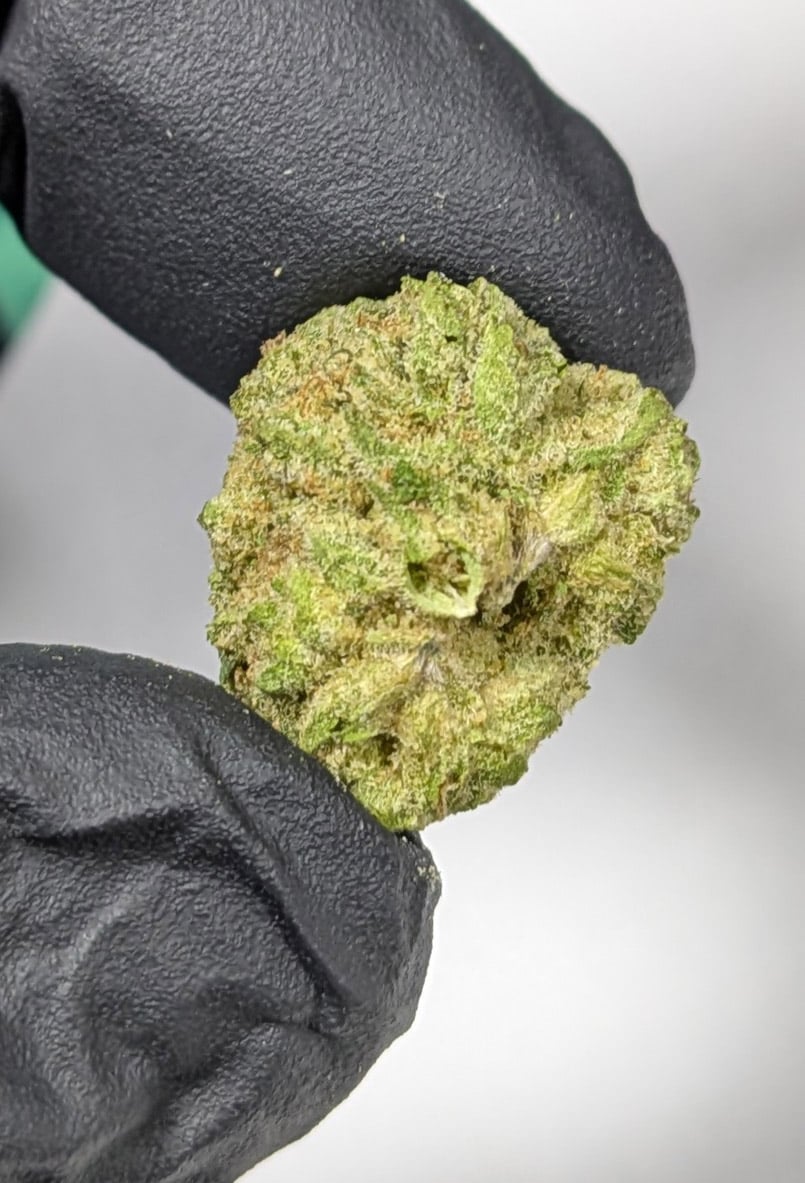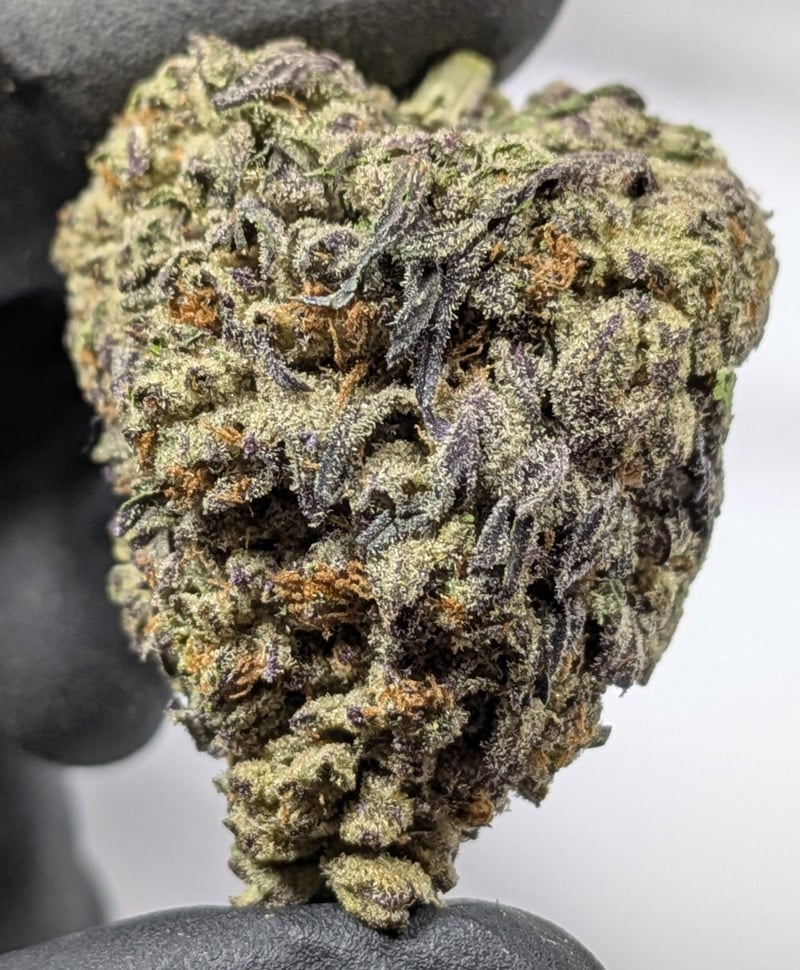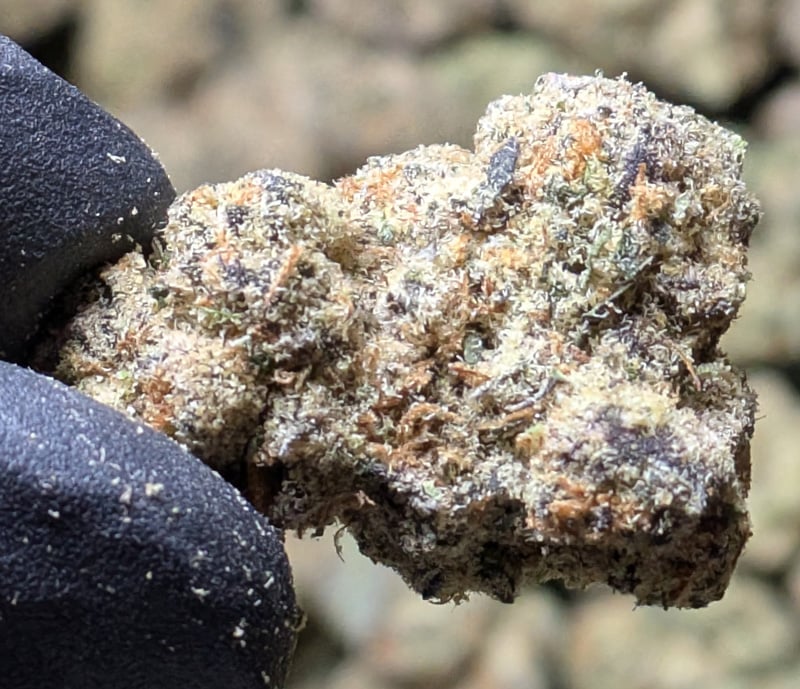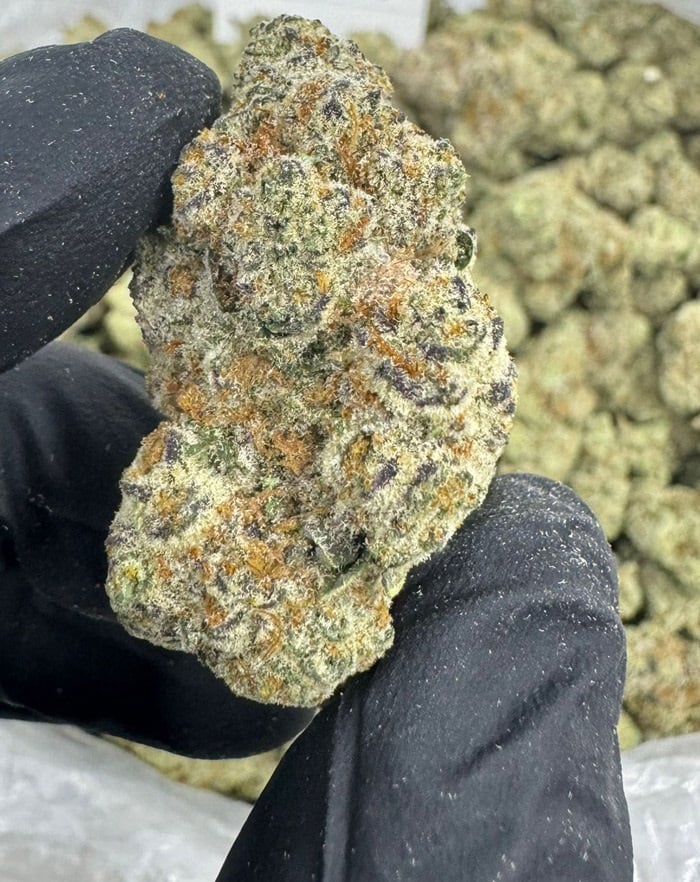Choosing the right THCA flower can feel overwhelming for consumers, especially with so many options available. Understanding what to look for can make all the difference in enhancing your experience. This guide will cover key aspects like visual characteristics, aroma indicators, and the importance of lab testing. By assessing these factors, readers will be better equipped to select high-quality THCA flower that meets their needs and preferences, ensuring a satisfying purchase.
Understand the Importance of Evaluating THCA Flower Quality
Table of Contents
Look for Visual Characteristics of THCA Flower
Assess the Color and Appearance of Buds
Examine Trichome Coverage
Identify Signs of Freshness vs. Deterioration
Evaluate Aroma and Fragrance Indicators
Recognize Terpene Profiles
Distinguish Between Pleasant and Off-Putting Scents
Consider the Impact of Aroma on Quality
Analyze Lab Testing and Cannabinoid Profiles


Importance of Independent Lab Testing
Understand Cannabinoid and Terpene Ratios
Consider the Source of the THCA Flower
Research the Cultivator's Reputation
Investigate Growing Practices and Conditions
Assess the Packaging and Storage of THCA Flower

Check for Air-Tight and UV-blocking Packaging
Understand the Shelf Life and Storage Recommendations
Identify Pricing and Comparison Factors
When assessing THCA flower quality, it’s essential to compare price points across various vendors and evaluate how value aligns with quality. Understanding what influences price, such as cultivation methods and lab testing, helps consumers make smart purchases. These insights further guide readers on the importance of investing in premium products for a better experience and overall satisfaction.
Compare Price Points Between Various Vendors
Evaluate Value Based on Quality Over Price
Conclusion
Understanding how to assess THCA flower quality is essential for anyone seeking effective benefits. Key factors such as visual characteristics, aroma, and lab testing play a crucial role in ensuring users select high-quality products that meet their health needs. Evaluating aspects like trichome coverage and cultivator reputation can significantly enhance the overall experience and satisfaction. By prioritizing these criteria, consumers empower themselves to make informed choices, leading to greater wellness outcomes.










